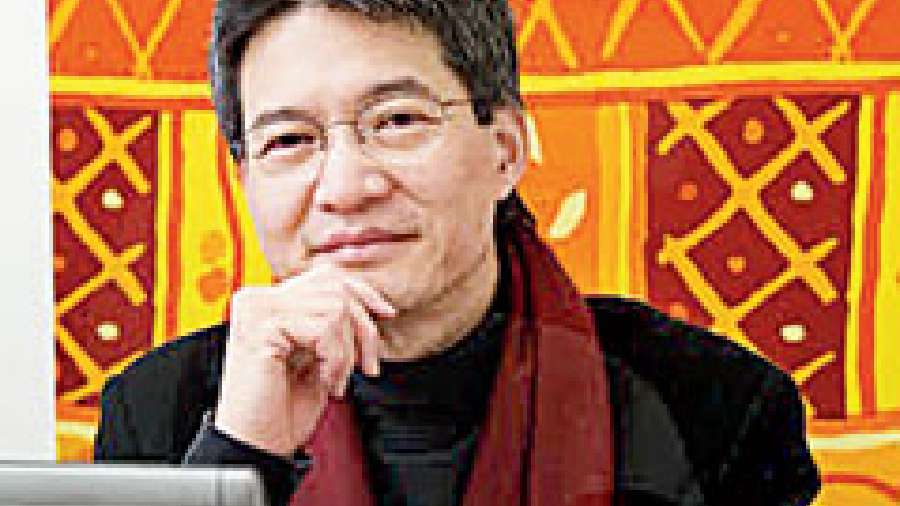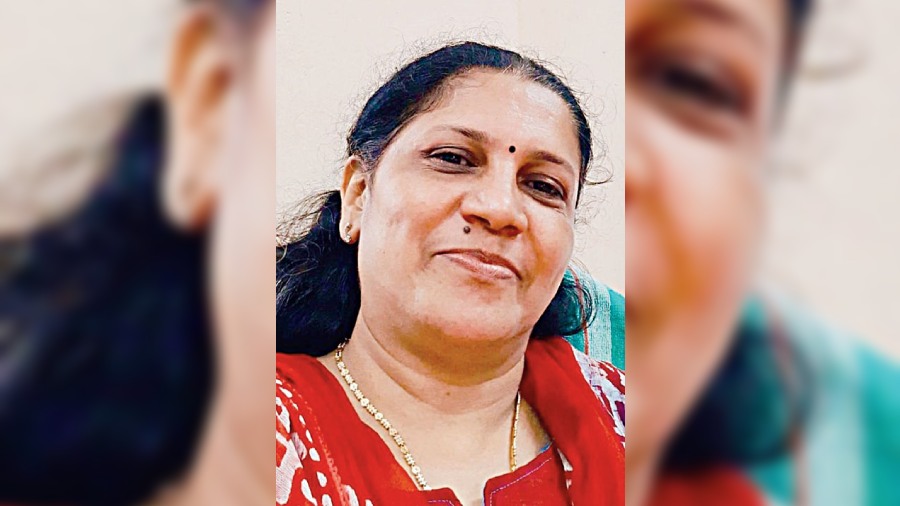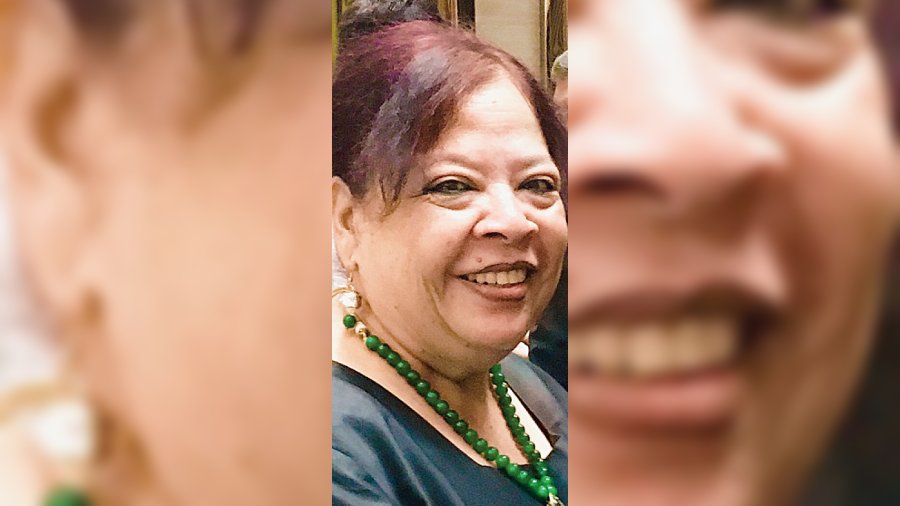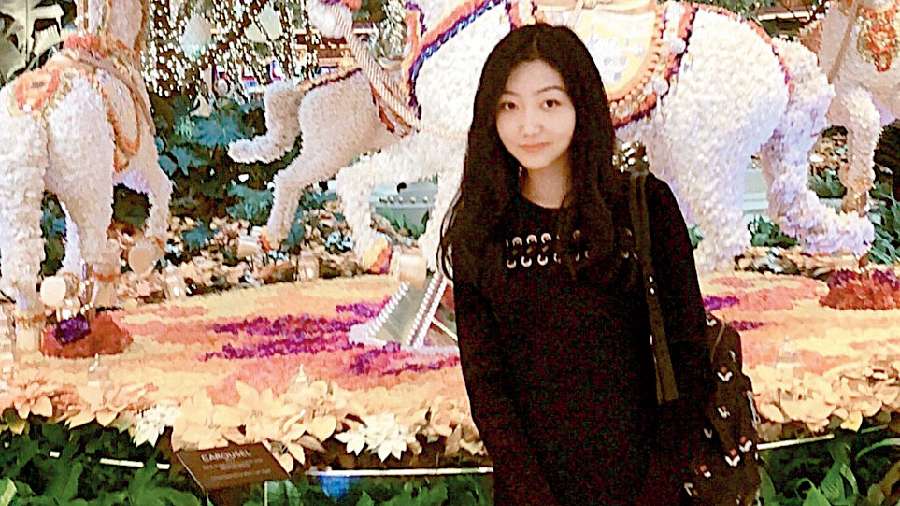A s contemporary Japanese literature in English sweeps the literary world landscape with kiryoku, a distinctive force that is passionate and indomitable, on 16 and 17 November, Rising Asia Foundation in Kolkata organised a two-day conference — Straddling Haiku and Zen: Diasporic Japanese Writers — with the participation of scholars from the US, Canada and India. They spoke of novels and poems by Japanese writers who have created bold works of fiction of subtle, distilled minimalism that have steadily gained a faithful readership.
Straddling both the microscopic dimensions of haiku and the universal reach of Zen, as well as the fabuloso world of Shintoism, diasporic Japanese literature can motivate us to a deeper understanding, not just of Japanese life, but also of ourselves and of fragmented and fractured humanity.
The post-World War II Japanese diaspora has frequently drawn from the stalwarts of Japanese writing of the past and ushered in a kind of kindred-ness that undergirds the human condition, despite the embattled histories, residues of violence, fragmentation of memory, and the diversity the world posits.
A present-day writer such as Haruki Murakami, for instance, has subtly incorporated in his own works the thought of celebrated writers from Japan’s rich past such as the Nobel Prize winner Yasunari Kawabata, and the inimitable Meiji master Doppo Kunikida, the grandfather of the current literary movement.
DAY 1

Harish C. Mehta
On day one of the conference Rising Asia Foundation chairperson and author, historian and academic Harish C. Mehta introduced the event, pointing out the successful hosting last year of an international conference in the foundation’s annual Asian Literatures in Motion event, on the works of Sri Lankan-Canadian poet and novelist Michael Ondaatje. Julie Banerjee Mehta, the founding trustee of the foundation and a specialist on diasporic and Postcolonial literature, remarked that the forthcoming Ondaatje book would fill a big gap in the literature as there was a lack of a recent study on this twice-Booker Prize-winning author who also won the Golden Man Booker prize.

Sheng-mei Ma
The keynote on the first day was delivered by Sheng-mei Ma, professor of English at Michigan State University, titled “One Small Yellow Kid, One Giant Nobelist: Deracination of Outcault’s Clown and Ishiguro’s Clones”. He argued that the “title appears blasphemous when it borrows the astronaut Neil Armstrong’s famous words prior to his moon walk to suggest an analogue, a parallelism between, on the one hand, the clown “Yellow Kid” from Richard F. Outcault’s turn-of-the-last century comics Hogan’s Alley and, on the other, the clones of Anglo-Japanese Nobel laureate Kazuo Ishiguro’s late novels.” Provocatively, he argues that the protagonists of Ishiguro’s novels of late “appear to be clones, all white wannabes ridding themselves, futilely, of any appearance of the posthuman, any yellowish off-whiteness. The common thread lies in deracination, whereby characters are assumed to be white, their off whiteness put under erasure, stricken through.” Ma explains that “such white privilege has been internalised by Ishiguro who emigrated with his parents from Japan to England at the age of five. So successful within mainstream Anglophone culture is the novelist that any construct of Japaneseness in early Ishiguro has been “ethically cleansed” in late Ishiguro.”

Chitra Thrivikraman Nair
Chitra Thrivikraman Nair, associate professor of English at Government Sanskrit College (University of Kerala), explained in her plenary lecture titled Literary Representation of Folk Tales: Affirmation of Self and Identity in Select Poems of Lee Ann Roripaugh, “how the folk tales, with their attendant rich traditions and strong religiocultural beliefs which investigate in the past???, influence the quintessential consciousness of the diasporic communities scattered across the globe.” The folk tales relate and personally reflect on the resilient history of socio-cultural experiences offered by the folk tales of the JapaneseAmerican diaspora as seen in the poems of Lee Ann Roripaugh.

Snigdha Mishra
Snigdha Mishra, an MPhil scholar at the University of Hyderabad argues in her paper titled, Ishiguro’s ‘Othered’ Worlds : Guilt in the Diasporic Confessional, that Kazuo Ishiguro’s first two novels — A Pale View of Hills (1982) and An Artist of the Floating World (1986) — are an inquiry into the narrative strategy of “othering” and that they function as a marker of guilt as a theme. Guilt, she explains, acts as a ‘sign’ whose meaning is constructed and understood relationally across many signifiers. She outlines how the character interactions within these “othered spaces” add to the generation of guilt-shift in values with respect to time, establish guilt, and the difference in values between the storytelling character and the other characters in the story is a significant marker of the incriminatory nature of the narrator’s values.

Vivienne Tailor
Scholar Vivienne Tailor explains in her paper entitled What Language Best Expresses Grief?: Fragmentation and Reconnection in Ryusuke Hamaguchi’s Film Drive My Car (2021),” that in adapting Haruki Murakami’s short story, Drive My Car, film director and co-writer Ryusuke Hamaguchi makes several critical alterations that greatly enhance the film’s themes regarding, grief, healing, and connection. In the film, Men Without Women (2014), the deceased wife Oto Kafuku and the driver Misaki Watari are evolved to have their own story arcs that intersect with the arc of the male protagonist Yusuke Kafuku. In the film, the anonymous cityscapes, cooltoned cinematography, minimalist interiors, redesigned characters all forged series of haunted mise-en-scenes that are enhanced by the Hiroshima backdrop imbued with the peripheral memories of the ecological and psychological devastation of the atomic bomb.
DAY 2

Julie Banerjee Mehta
On day two of the conference, Julie Banerjee Mehta delivered the keynote titled Joy Kogawa’s Obasan and the Global Biopolitics of the Brutalized Body. She examines the transnational and global impulse of how states perform acts of terror on the body of citizens that are precariously located on the border of citizenship and outsider. Swift on the heels of America’s entry into World War II with the bombing of Pearl Harbour on the previous day, JapaneseCanadians, citizens of Canada, were removed from the West Coast. The justification was “military necessity” for the corralling of over 22,000 Canadian citizens who looked “different”. Professor Mehta argues that scholarly literature overlooks how Japanese-Canadian writer and activist Joy Kogawa addresses the representations of the treatment of Japanese-Canadians in Canada, and those trapped in Japan who became the victims of the nuclear bombings of Hiroshima and Nagasaki, in her iconic novel, Obasan.
Shoshanna Ganz, associate professor at Memorial University, Grenfell Campus in Canada, in her plenary lecture titled, The Loneliness Inbetween: Negotiating Hybrid and Posthuman Identities in Genki Ferguson’s Satellite Love, examines the ways in which the author Genki Ferguson, while writing mostly in English, uses a very quiet, simple, and utterly Japanese-feeling aesthetic in his literary style. Ganz examines how Ferguson shows particular insights into the loneliness of the human condition as explained from the perspectives of “outsiders” or what could be viewed as hybrid characters. In the text she argues that Genki Ferguson’s work is radically posthuman in it’s positioning of people with disabilities and mixed-race subjects, and in viewing imaginary friends and satellites as possessing human characteristics including emotional vulnerability, mortality, and a sense of self that has traditionally been reserved for the human.

Zifan Yang
Stanford University graduate student Zifan Yang’s paper From Either/Or to As Well As, Towards A Bildung Without the Bild: Tracing the Rise and Fall of SelfAllegorization in NoNo Boy, an alternative Bildungsroman,” interprets the protagonist Ichiro himself as the reader and the author of his own story. To elaborate, not only the text itself is an allegory — the characters who live within the text also make allegories themselves. Zifan thus examines the allegories-within allegories, or acts of self allegorisation in No-No Boy, a 1975 novel written by Japanese American writer John Okada. Such an examination, thus, also challenges the “allegorical” aspect of Bildungsroman, for that the protagonist Ichiro’s sense of alienation is curiously brought out by his very act of allegorisation — the identical relationship he makes between individuals and nation-states. Meanwhile, his hope and reconciliation with self, family members, and the broader society are driven from a gradual abandonment of such a cognition — through gradually giving up the urge to categorise himself under the “Japanese/American” binary.

Ananyaa Bhowmick
In the final paper of the conference, scholar Ananyaa Bhowmick argues in her paper entitled The One about the Kyoti Child: How the trickster son of Eden Robinson echoes the silence of Hiromi Goto’s The Kappa Child that “in the year 1941, the Canadian government played a game with the lives of certain people. They unironically called it “evacuation”. They called it preservation, protection, the words ringing, clanging like metal in the ensuing silence.” From the December 1941 to April 1949 when the restrictions were lifted and ever since, the word “evacuation” has, to the Japanese Canadians, become synonymous with exile, with trauma, and with the ensuing silence that we see ringing through tales like Joy Kogawa’s Obasan. She further examines the First Nations communities in Canada that were bound in reservations where nothing grew, not food, not pride. “Their storytellers were silenced and their children taken away with the help of Acts like the Indian Act. But ideas tend to have way of getting out.” Ananyaa Bhowmick’s paper “takes this echoing silence and traces it through it’s evolution and through the revolutions, through decolonisation and reinterpretations.











